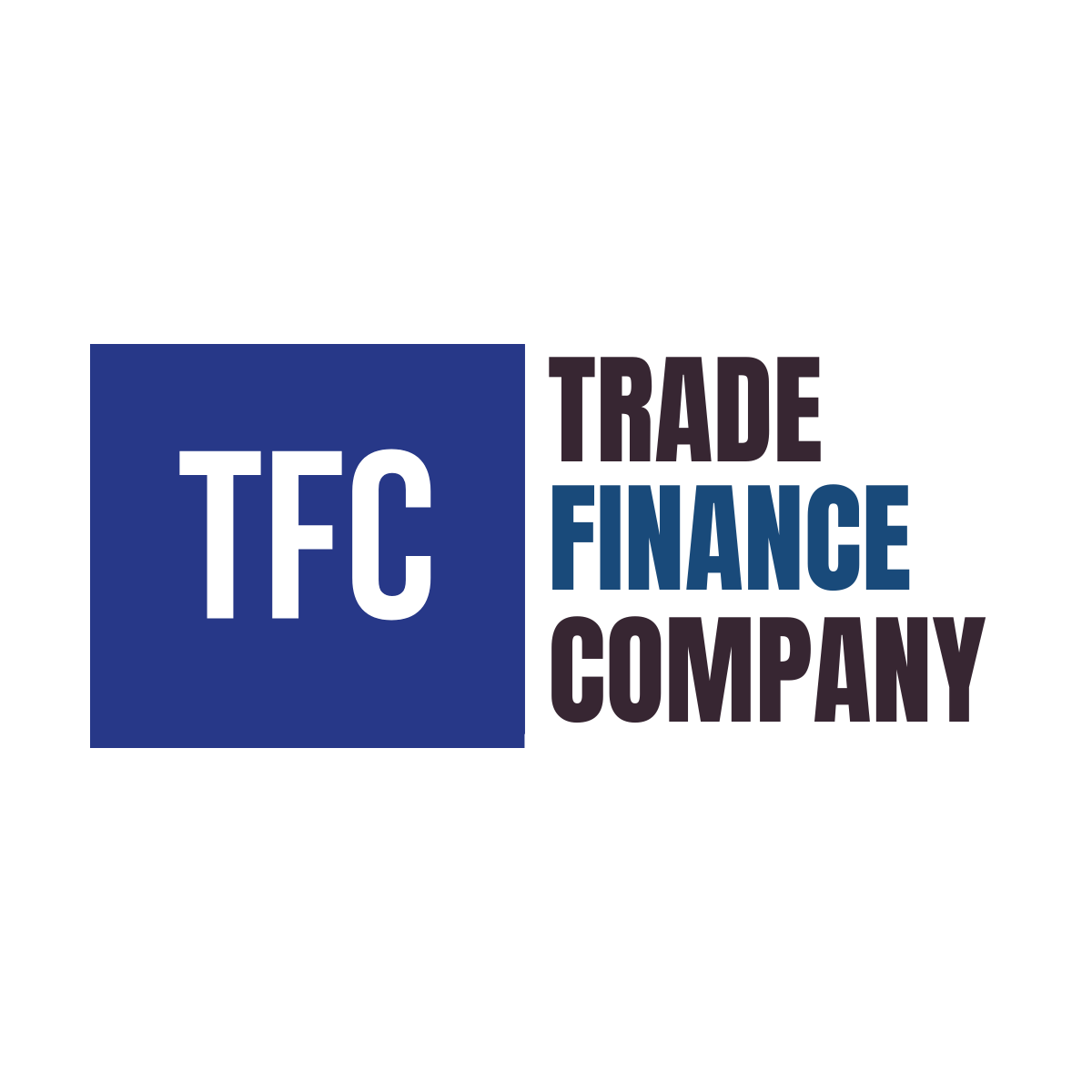Navigating Trade Finance Risks: A Practical Guide for Businesses
Trade finance is essential for businesses engaged in global trade, but it’s not without its risks. From currency fluctuations to payment defaults, businesses must navigate a complex landscape to protect their interests. Understanding these risks and employing effective mitigation strategies can be the difference between success and costly setbacks.
In this blog, you’ll uncover actionable insights to identify and manage trade finance risks effectively. By the end, you’ll be equipped with tools and strategies to safeguard your transactions and foster smooth international operations.
Imagine securing a lucrative international deal, only to face delayed payments or unexpected fees that strain your business finances. The excitement of growth can quickly turn into frustration and anxiety when unforeseen risks emerge. But what if you had a roadmap to anticipate these challenges and mitigate them before they impact your bottom line? With the right trade finance practices, you can approach every deal with confidence and stability.

“Risk is inherent in global trade, but businesses that proactively address these challenges are the ones that thrive.” – Sarah Bennett, Trade Finance Risk Specialist

As you continue reading, you’ll gain practical knowledge about the most common trade finance risks—like credit, currency, and performance risks—and learn how to apply proven strategies to mitigate them effectively.
1. Evaluate Creditworthiness
Conduct comprehensive background checks on your trading partners to ensure they have a reliable financial history. Utilize tools like credit reports, trade references, and payment history to assess their ability to fulfill financial commitments. This proactive approach helps mitigate the risk of non-payment and builds a foundation of trust in your trade relationships.
2. Utilize Trade Finance Instruments
Leverage financial tools such as letters of credit, bank guarantees, and trade credit insurance to safeguard your transactions. These instruments provide assurance of payment and protect your business from counterparty risks, especially in international trade. By incorporating these tools, you can facilitate smoother operations while minimizing financial uncertainties.
3. Hedge Against Currency Risks
Use financial strategies like forward contracts or currency options to lock in favorable exchange rates and reduce the impact of currency fluctuations. These tools are particularly useful for businesses operating in markets with volatile currencies. By hedging against exchange rate risks, you can stabilize your cash flow and focus on growth without worrying about adverse currency movements.
4. Diversify Your Markets
Expand your business across multiple regions to avoid over-reliance on a single market, which can expose you to geopolitical or economic risks. Diversification reduces the impact of regional disruptions, such as trade restrictions, political instability, or economic downturns. By building a broad market base, you ensure stability and create opportunities for growth in various economic climates.
5. Leverage Technology
Adopt digital trade platforms that streamline documentation, payment processing, and real-time tracking of transactions. These platforms enhance transparency, improve operational efficiency, and help detect fraud through advanced analytics. By leveraging technology, you can stay competitive, secure your trade operations, and reduce time spent on administrative tasks.




I just wanted to drop by and say how much I appreciate your blog. Your writing style is both engaging and informative, making it a pleasure to read. Looking forward to your future posts!
I was recommended this website by my cousin I am not sure whether this post is written by him as nobody else know such detailed about my difficulty You are wonderful Thanks
Magnificent beat I would like to apprentice while you amend your site how can i subscribe for a blog web site The account helped me a acceptable deal I had been a little bit acquainted of this your broadcast offered bright clear idea
Autocad crack
Autocad 2025
autodesk autocad crack
auto cad crack
fl studio crack
fl studio 2025
idm crack
idm 2025
Internet Download Manager crack
revit crack
autodesk revit 2025
autodesk revit crack
photoshop crack
phohoshop 2025
adobe photoshop crack
photoshop keygen
photoshop free
photoshop crack
adobe photoshop crack
acrobat crack
adobe acrobat crack
premiere pro crack
adobe premiere pro crack
filmora crack
filmora crack 2025
Lightroom crack
adobe Lightroom crack
adobe after effects crack
after effects crack
illustrator crack
adobe illustrator crack
disk drill crack
JetBrains crack
JetBrains PyCharm crack
Wallpaper Engine crack
Wallpaper Engine free 2025
valorant hack 2025
valorant aimbot
valorant cheat
capcut crack
capcut pro crack
adobe photoshop crack
adobe acrobat crack
adobe premiere pro crack
filmora crack 2025
adobe Lightroom free download
JetBrains crack